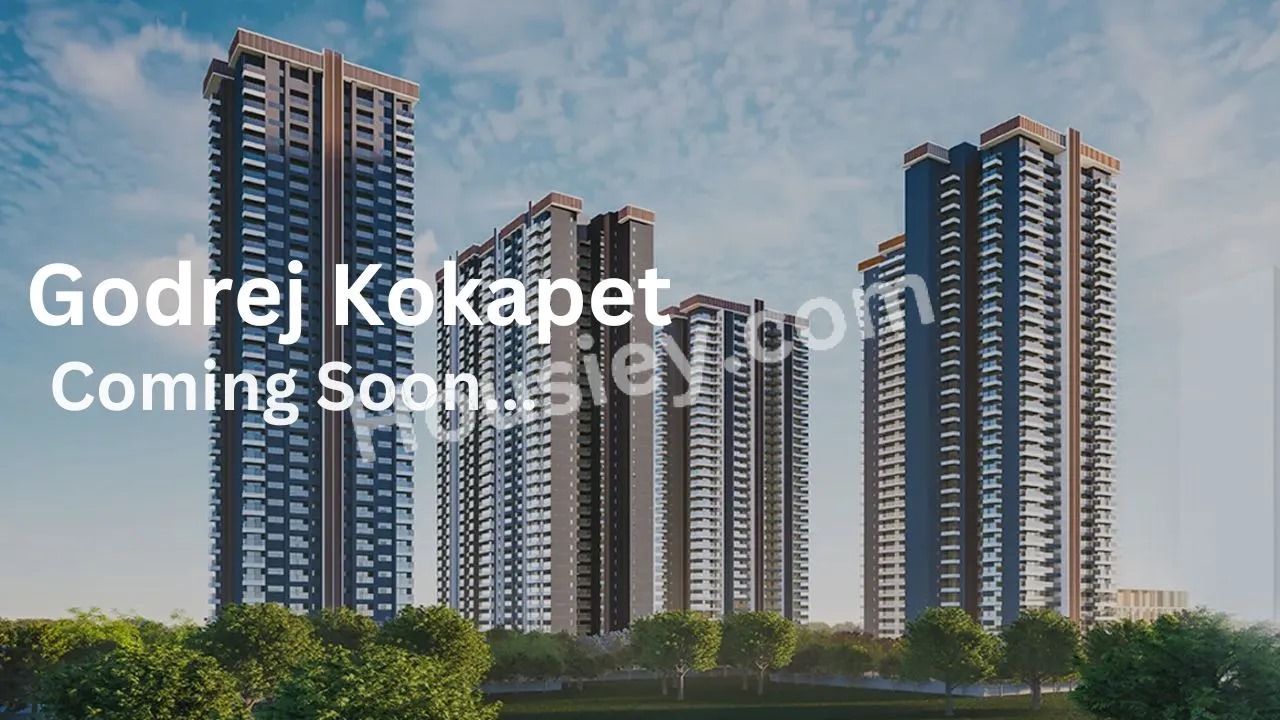Bangalore Metro Route Map: Comprehensive Guide to Lines, Stations, and Timings

Strong 8k brings an ultra-HD IPTV experience to your living room and your pocket.
Navigating Bengaluru's bustling streets becomes effortless with the efficient Namma Metro system. This guide provides an in-depth look at the Bangalore Metro route map, detailing its lines, stations, and operational timings to enhance your commuting experience.
Overview of Namma Metro
Namma Metro, translating to "Our Metro" in Kannada, revolutionizes urban transportation in Bengaluru. Since its inception in 2011, the metro has expanded significantly, offering a reliable and eco-friendly transit option for residents and visitors alike. With modern infrastructure and consistent upgrades, the metro system serves millions of commuters each month, ensuring faster, cleaner, and safer travel.
Detailed Breakdown of Bangalore Metro Lines
Understanding the structure of the metro lines is crucial for effective navigation. Below is a comprehensive overview of the operational and upcoming lines:
Purple Line: East-West Corridor
Route: Whitefield (Kadugodi) to Challaghatta
Length: 42.17 km
Stations: 37
Key Stations and Highlights:
Whitefield (Kadugodi): Proximity to major IT hubs.
KR Puram: Connectivity to Outer Ring Road.
MG Road: Central business district with shopping and dining options.
Kempegowda Majestic (Interchange): Main interchange with the Green Line.
Vijayanagar: Residential and commercial area.
Kengeri: Upcoming residential and commercial hub.
Commuters traveling from east to west experience smoother journeys due to reduced road congestion. With the completion of this line, tech professionals in Whitefield can reach central areas in under an hour.
Green Line: North-South Corridor
Route: Nagasandra to Silk Institute
Length: 30 km
Stations: 32
Key Stations and Highlights:
Nagasandra: Close to Peenya Industrial Area.
Yeshwanthpur: Near the railway station.
Sampige Road: Access to shopping zones.
Kempegowda Majestic (Interchange): Connects with the Purple Line.
Jayanagar: Key residential and commercial hub.
Silk Institute: Access to educational institutions.
The Green Line connects the industrial north to the residential south, enabling seamless travel across the city.
Yellow Line: Upcoming Connectivity
Route: Rashtreeya Vidyalaya Road to Bommasandra
Length: 18.82 km
Stations: 16
Status: Under construction, expected completion by early 2025
Key Areas Covered:
This line will enhance connectivity to Electronic City and the Bommasandra industrial area, significantly benefiting daily commuters. It aims to reduce traffic bottlenecks and make commuting easier for the tech and industrial workforce.
Pink Line: Future Expansion
Route: Kalena Agrahara to Nagawara
Length: 21.25 km
Stations: 18
Status: Under construction, projected completion by September 2025
Key Areas Covered:
The Pink Line aims to connect southern and northern Bengaluru, improving access to key residential and commercial zones. It will bridge important transit gaps in the city and offer another major north-south corridor.
Blue Line: Airport Connectivity
Route: Central Silk Board to Kempegowda International Airport
Length: 58.19 km
Stations: 30
Status: Under construction, with phases completing between June 2025 and June 2026
Key Areas Covered:
This line will provide a direct link to the airport, easing travel for air passengers and reducing road traffic congestion. It also supports the upcoming commercial projects along the airport corridor.
Orange Line: Proposed Development
Route: JP Nagar Phase 4 to Kempapura
Length: 31 km
Stations: 22
Status: Under planning, anticipated completion by 2028
Key Areas Covered:
The Orange Line is set to enhance connectivity in the western parts of Bengaluru, linking residential areas with commercial hubs. This development will benefit areas underserved by current routes.
Bangalore Metro Timings
Understanding the operational timings helps plan your journey effectively:
Weekdays:
Start: 5:30 AM
End: 11:00 PM
Frequency: Every 4-5 minutes during peak hours; 10-15 minutes during non-peak hours
Weekends:
Start: 6:00 AM
End: 11:00 PM
Frequency: Slightly reduced compared to weekdays
These consistent timings ensure that commuters can rely on metro services from early morning to late night.
Future Extensions and Developments
Bengaluru's metro network is set for significant expansion:
Phase 3 Proposals:
New Corridors: Including lines from MG Road to Hope Farm via Marathahalli and Whitefield.
Extensions: Plans to extend existing lines to areas like Hoskote and Jigani.
These developments aim to provide metro access within 1-2 km for most residents, significantly enhancing urban mobility. They will help create a comprehensive urban transit ecosystem that integrates buses, suburban trains, and last-mile connectivity options.
Additionally, advanced technologies such as driverless trains and platform screen doors will be integrated into the new phases, improving safety and efficiency. Transit-oriented development (TOD) zones around metro stations will also drive real estate growth and urban rejuvenation.
Benefits of Using Bangalore Metro
Efficiency: Reduces travel time across the city.
Eco-Friendly: Decreases carbon footprint by offering a sustainable mode of transport.
Cost-Effective: Affordable fares compared to other modes of transportation.
Comfort: Air-conditioned coaches provide a comfortable journey.
Safety: Surveillance cameras and security personnel ensure commuter safety.
Accessibility: Stations designed for differently-abled individuals with lifts and ramps.
Travelers can switch between lines easily using the interchange stations. Real-time information displays and announcements help in route navigation. The metro has significantly reduced dependence on private vehicles, easing congestion and improving air quality in urban spaces.
Impact on Real Estate and Urban Planning
The Bangalore Metro route map continues to impact real estate markets positively. Areas near metro stations have witnessed sharp growth in property demand. Homebuyers and tenants increasingly seek proximity to metro access due to ease of commute.
Developers have launched residential and commercial projects near key stations. Office hubs now attract businesses due to better connectivity. This transformation helps build more organized and well-connected urban neighborhoods.
Smart city initiatives align with metro expansion plans. Integrated transport and land-use planning are now at the core of Bengaluru's urban development vision. These coordinated efforts create efficient, inclusive, and sustainable cityscapes.
Conclusion
The Bangalore Metro route map serves as a vital tool for navigating the city efficiently. With ongoing expansions and developments, Namma Metro continues to enhance urban mobility, making Bengaluru more accessible for everyone.
For further information or inquiries, feel free to contact us.
Frequently Asked Questions
1. How many lines are currently operational in the Bangalore Metro?Two lines—Purple and Green—are currently operational.
2. What is the main interchange station in the Bangalore Metro?Kempegowda Majestic station connects the Purple and Green Lines.
3. When will the Yellow Line become operational?The Yellow Line is expected to be completed and operational by early 2025.
4. Which metro line will connect to the airport?The Blue Line will link Central Silk Board to Kempegowda International Airport.
5. Are metro stations accessible for differently-abled commuters?Yes, stations have lifts, ramps, and other accessible infrastructure.
6. What is the frequency of trains during peak hours?Trains run every 4-5 minutes during peak hours.
7. Is there a smart card facility available for regular commuters?Yes, Namma Metro offers smart cards that save time and make travel easier.
8. How safe is the Bangalore Metro system?Security personnel and surveillance systems operate at all stations for safety.
9. What are the timings of the first and last metro trains?On weekdays, services begin at 5:30 AM and end at 11:00 PM.
10. How is the metro expected to impact Bengaluru’s future?The metro will continue to drive urban mobility, reduce congestion, and support smart city development.
Note: IndiBlogHub features both user-submitted and editorial content. We do not verify third-party contributions. Read our Disclaimer and Privacy Policyfor details.






